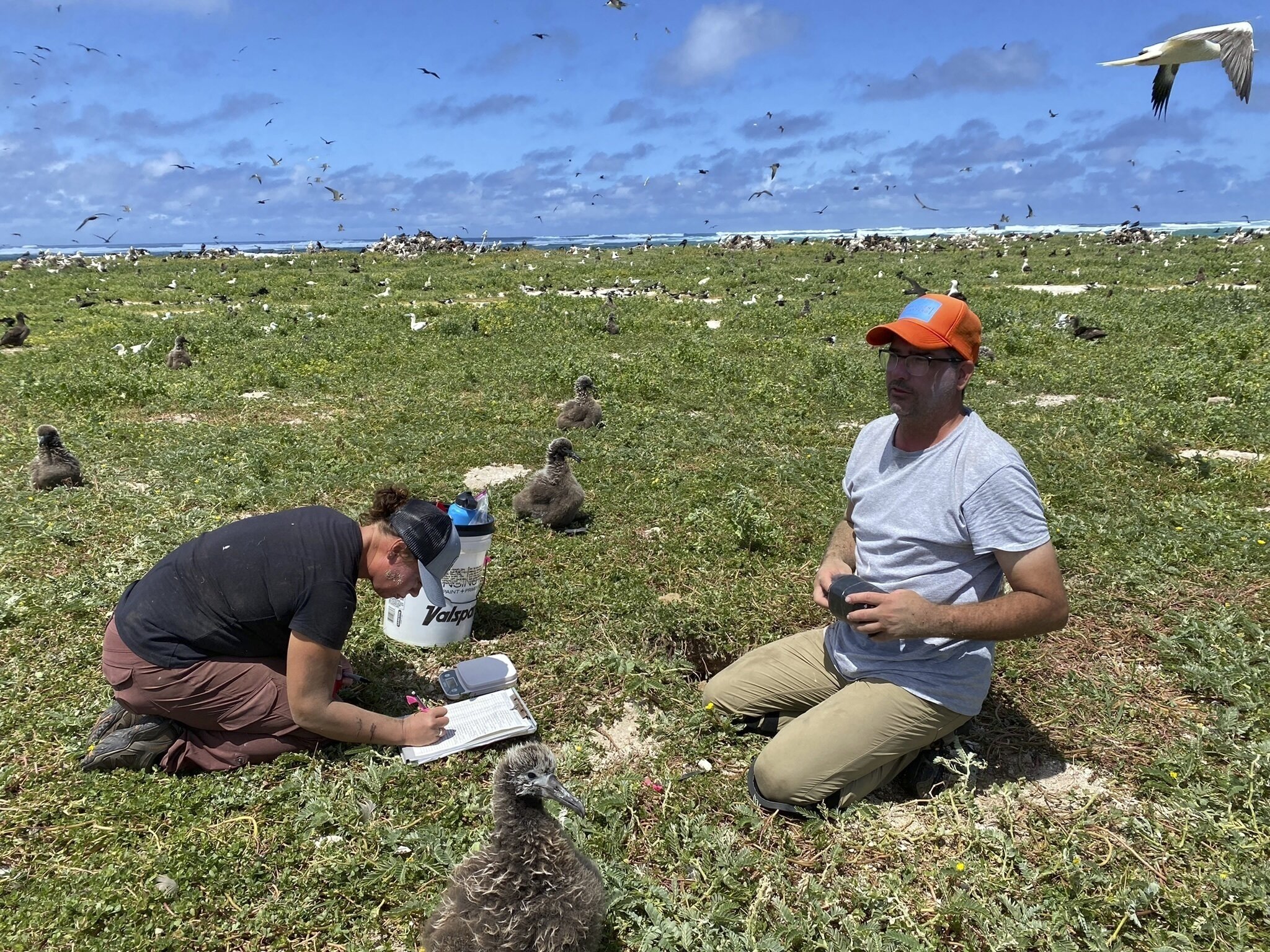In a move to combat the threat of extinction posed by climate change, U.S. officials have announced plans to facilitate the relocation of plants and animals outside their historical ranges. This decision comes as a response to the urgent need to protect species facing the dire consequences of climate change. While species relocations have been carried out on a limited basis in the past, the new federal regulations published by the Biden administration will allow for more extensive relocations of endangered plants and animals protected under the Endangered Species Act. Additionally, relocations will also be permitted when a species is being displaced by nonnative plants or wildlife.
One notable example of such a relocation effort is taking place in Hawaii, where researchers have been working diligently to move seabirds to new islands in order to safeguard them from rising ocean levels. In the same vein, officials are planning to introduce Guam kingfishers to the Palmyra Atoll, located south of Hawaii. This initiative is crucial as the species was unintentionally decimated by brown tree snakes that were inadvertently brought to Guam around 1950. Although these birds are currently extinct in the wild, they are being kept in zoos with the hope that reintroducing them to a new habitat will help reestablish their population.
Historically, the idea of relocating species was met with skepticism due to concerns about the potential disruption to native ecosystems and the displacement of local flora and fauna. However, this practice is gaining acceptance among many scientists and government officials who recognize the need for innovative conservation strategies as climate change transforms habitats worldwide.
The decision to allow species relocations reflects an acknowledgment by federal officials that the full extent of the impacts of climate change had not previously been realized. With habitat changes caused by global warming forcing wildlife to adapt and survive in new areas while pushing other species dangerously close to extinction, Interior Secretary Deb Haaland emphasizes the importance of allowing relocations to protect these species for future generations.
Nevertheless, opposition to this proposal comes from Republicans in Western states, particularly due to the contentious reintroduction of gray wolves against local objections. Officials in Montana, New Mexico, and Arizona express concerns about potential ecological havoc resulting from intentional introductions of “invasive species.” They point to past ecological disasters caused by invasive species, such as Asian carp spreading through waterways and starlings from Europe wreaking havoc on crops and displacing native songbirds.
On the other hand, some state wildlife officials and external scientists support the new species relocation rule and have identified species that could greatly benefit from these efforts. These include the Key deer of southern Florida, desert flowers in Nevada and California, and the St. Croix ground lizard in the Virgin Islands.
This decision marks another step by the Biden administration to reverse changes made to the endangered species program during the Trump administration. These changes were heavily criticized by environmentalists, prompting the Fish and Wildlife Service to reinstate a long-standing regulation that provides blanket protections for species newly classified as threatened. Furthermore, economic impacts will no longer be considered when determining whether animals and plants require protection.
In conclusion, as our planet continues to warm, allowing the relocation of species as a last resort provides a viable strategy for preserving endangered plants and animals in the face of climate change. While there are concerns and opposition, this approach represents a proactive and innovative approach to conservation in an evolving world. By implementing these measures, we can work towards safeguarding our biodiversity for future generations.
Denial of responsibility! SamacharCentrl is an automatic aggregator of Global media. In each content, the hyperlink to the primary source is specified. All trademarks belong to their rightful owners, and all materials to their authors. For any complaint, please reach us at – [email protected]. We will take necessary action within 24 hours.

Shambhu Kumar is a science communicator, making complex scientific topics accessible to all. His articles explore breakthroughs in various scientific disciplines, from space exploration to cutting-edge research.


